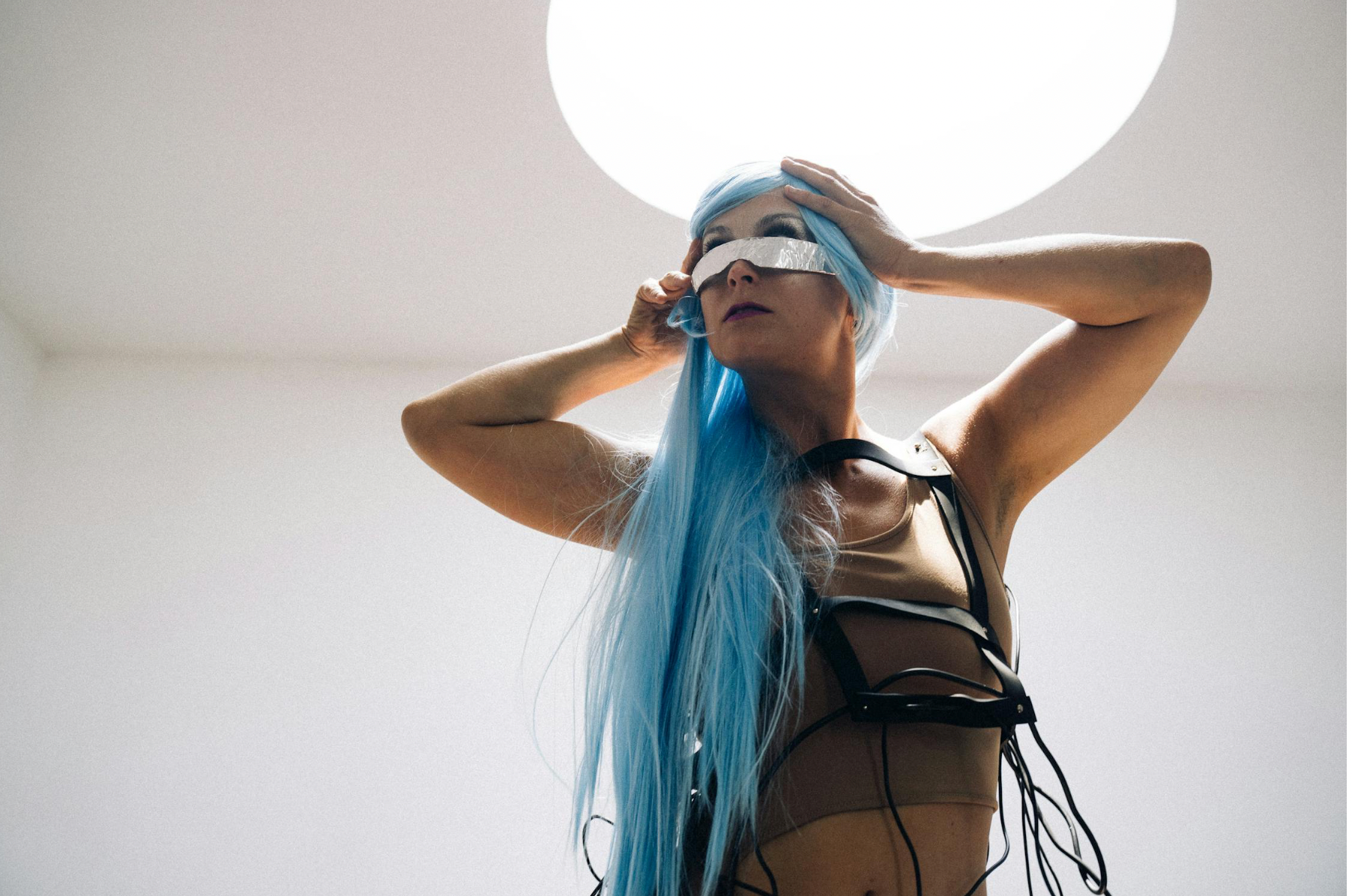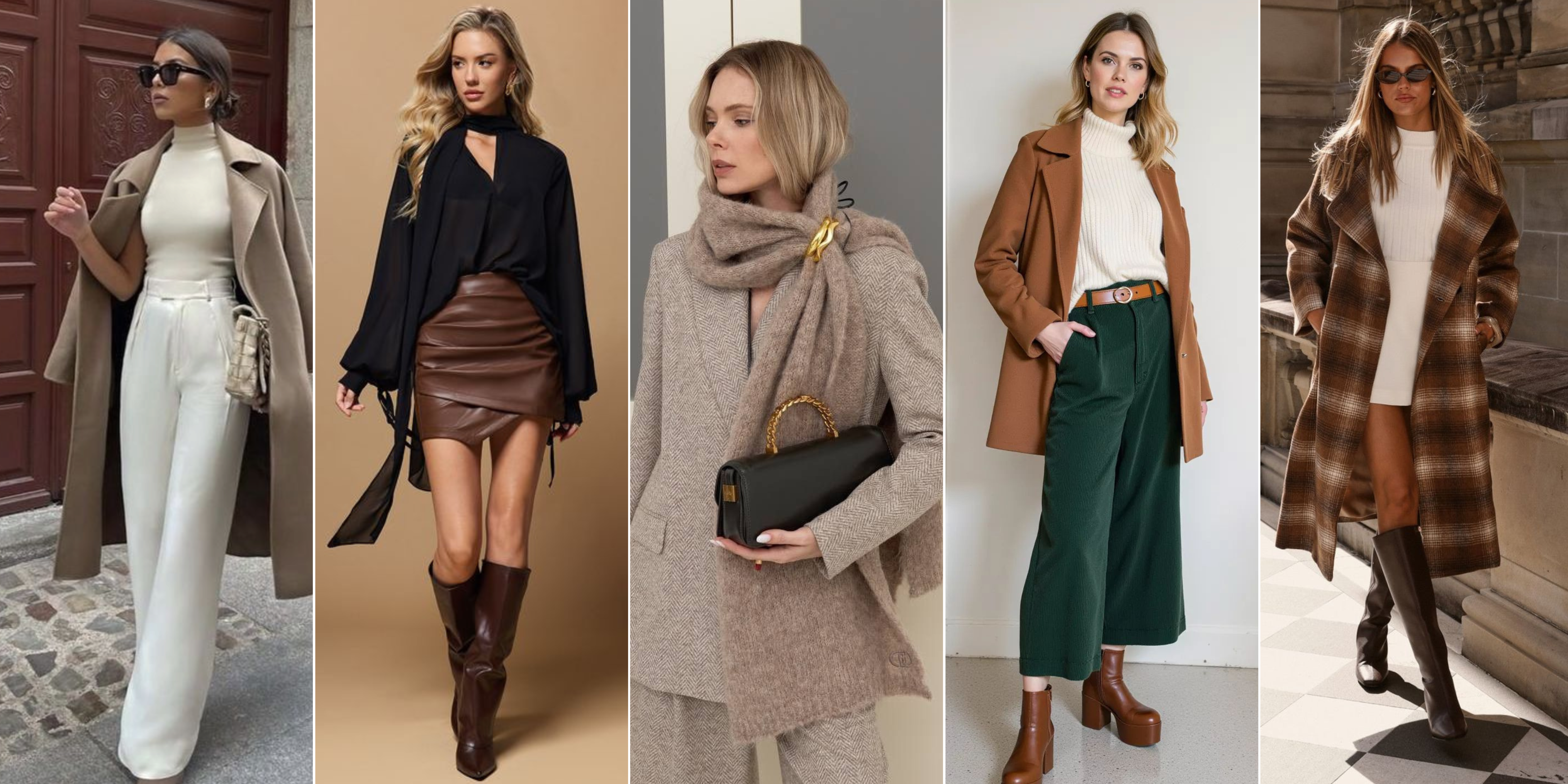by Stephanie Williams
If you feel any type of connection to fashion or art whatsoever, you’ll see that one topic has become a point of contention for many artists worldwide, and that is artificial intelligence.
The ethics of artificial intelligence has long been recently debated and caused a great deal of commotion, particularly within the artistic community. Ethical dilemmas such as copyright infringement and proper image sourcing have become of paramount importance, shifting the dynamic of what is considered appropriate and inappropriate to express within the artistic and fashion communities.
Because artificial intelligence is such a relatively new phenomenon, there are many aspects of it that still remain untested and unclear. But one factor remains very evident, or else, a question to certainly be raised within the fashion industry: is artificial intelligence a true form of creativity or is it just a rip-off of various creative forms?
When we see something like a mock-up or a digitalized fashion model generated with artificial intelligence, you may wonder to yourself: how can I ethically use this tool to amplify my designs? Does it help or hinder my design process? Can I still remain true to myself and my creative vision within the design process if I choose to utilize artificial intelligence?
As a fashion designer and artist myself, my personal take on AI is a complex one. I think it can be useful for some things, such as research or trend forecasting – but the key is, it should never act as a replacement for human creativity or design aesthetics. While it can be tempting to use AI in design mock-ups or digitized forms of fashion, the truth is that we never know the exact source of these images that are being produced, so it can definitely be a bit risky to rely on them, even in supposedly more ethical programs like ChatGPT.
For areas like artistic design or strictly art-based images, AI generations become even more of a complex issue. Because we don’t know the exact sources of these images that are being produced, the issue of copyright infringement is called into question. Many artists and designers have had their images unfairly ripped off, which essentially means that there is no true sense of originality when it comes to creative expression in AI. The AI machine learning model relies on prompts that humans have already created, so nothing is essentially unique when it comes to AI artistic creations – whether it is a fashion design or work of art.
So, where does Nexus Point Luxe as a brand stand in terms of artificial intelligence usage? While we don’t actively promote it, we think that as long as it is used ethically and resourcefully, without violating copyright laws, it is somewhat acceptable. A case in which this could be true is in Adobe programs like Photoshop, Illustrator, or InDesign, generative AI (royalty free, so the images are not bound by copyright laws) is sometimes used when crafting editorial content or other creative images.
While I as a designer strive to avoid using AI even in my mock-up images, I do use pre-crafted mock-up images simply to demonstrate the ways in which dresses or other pieces of clothing would look on a live person/model.
To sum it all up, like with anything else, AI can be used as a tool, and it’s not the tool itself that is necessarily bad. It’s just the ways in which people use or abuse that tool that are bad. It remains a continued source of concern to us at Nexus Point Luxe to be subject to the world of AI when AI is not creative at all, yet it seems to be more socially acceptable on Meta based social media platforms.







